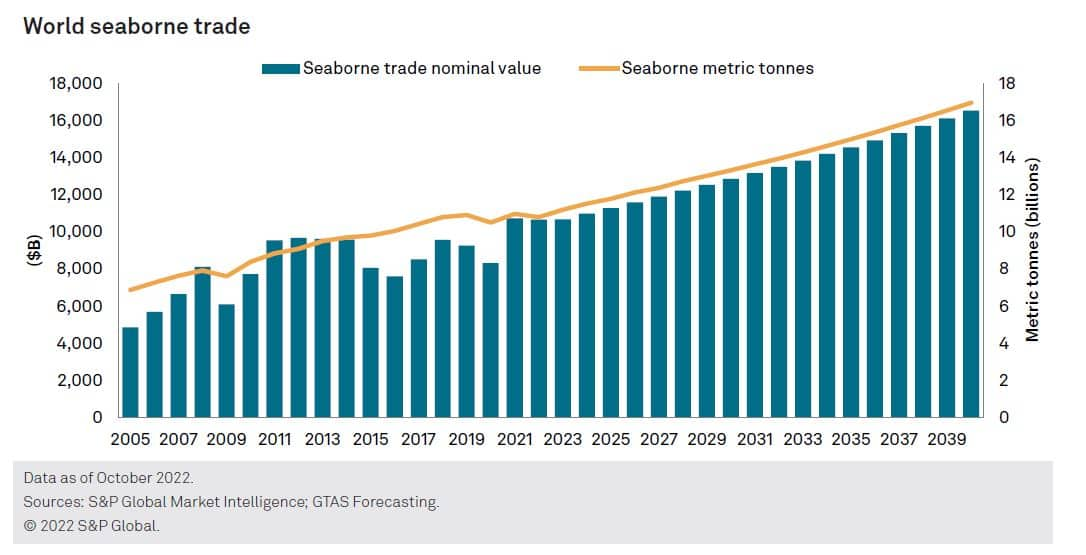S&P Global Offerings
Featured Topics
Featured Products
Events
S&P Global Offerings
Featured Topics
Featured Products
Events
S&P Global Offerings
Featured Topics
Featured Products
Events
Banking & Capital Markets
Economy & Finance
Energy Transition & Sustainability
Technology & Innovation
Podcasts & Newsletters
Banking & Capital Markets
Economy & Finance
Energy Transition & Sustainability
Technology & Innovation
Podcasts & Newsletters
S&P Global Offerings
Featured Topics
Featured Products
Events
BLOG — Nov 04, 2022
By Agnieszka Maciejewska, Chris Brooks, Katarzyna Skrzypek, and Krzysztof Ziolkowski
After the second quarter of 2021 when the post-2020 recovery in trade peaked, the world's largest trading economies started slowing, while since the second quarter of 2022 macroeconomic indicators have worsened significantly, pointing to the possibility of a recession in the second half of 2022 and into 2023, especially in advanced economies. In addition to the global economic slowdown, the most important factors monitored by our trade forecast team in the second half of 2022 have been the war in Ukraine and the rising inflation in many parts of the world. At the same time, the global economy has faced geopolitical tensions in East Asia, including another wave of COVID-19 and lockdowns in mainland China in August as well as tensions in the Taiwan Strait.

In this report, we will take a look ahead to the key strategic trends in world trade expected through 2023 and beyond. To read more about our report, please click HERE(opens in a new tab) to download.
Posted 04 November 2022 by Agnieszka Maciejewska, Associate Director, Models & Scenarios, Global Intelligence & Analytics and
Chris Brooks, Executive Editor, Maritime & Trade, S&P Global Market Intelligence and
Katarzyna Skrzypek, Senior Economic Research Consultant, Global Trade Forecasting, Maritime, Trade & Supply Chain, S&P Global Market Intelligence and
Krzysztof Ziolkowski Sr, Senior Economist, Global Trade Forecasting, Maritime, Trade & Supply Chain, S&P Global Market Intelligence
This article was published by S&P Global Market Intelligence and not by S&P Global Ratings, which is a separately managed division of S&P Global.
How can our products help you?
